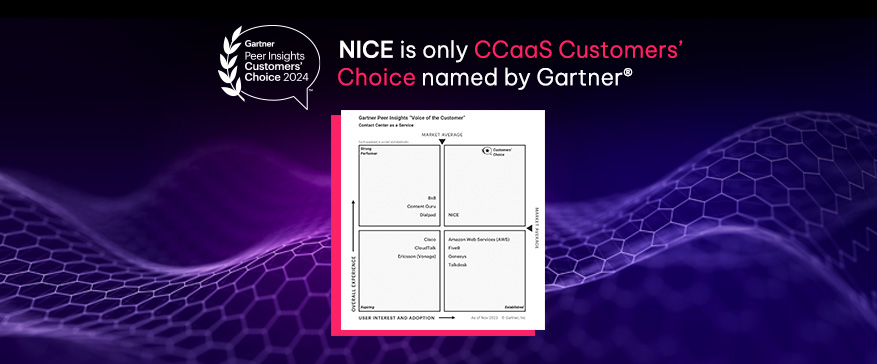You forecasted that your contact center would receive 100 calls and 50 chat requests each hour during today’s morning shift. A quick count at 11 a.m., however, reveals that you’ve actually gotten 20 calls and 90 chat requests each hour—a far cry from what you’d anticipated.
In the contact center, workforce management teams have learned to expect the unexpected. Scheduling needs change quickly. And supporting digital channels introduces a significant amount of complexity; customers expect to receive the same level of support regardless of how or where they engage, and workforce management teams must staff for contacts that change channels, span intervals, and are often asynchronous.
For many contact center managers and supervisors, it’s simply not possible to keep up with evolving forecasted demand and intraday staffing needs without schedule change automation. And when you can’t keep up with those changes, customer service can suffer, and your agents can become overworked and stressed out.
But automation creates a new set of challenges. You have to figure out which actions to automate, which KPIs to monitor, and when they need to be acted upon. And you have to determine what actions to take when a KPI threshold is met.
Automation also raises a lot of questions.
- Do you alert the supervisor when an agent’s after-call work (ACW) exceeds 5 minutes? 10 minutes?
- Do you send alerts three times a day? Five times a day?
- Under what conditions do you notify the agent? Should the rule run all day?
- How do you know you’re automating the right things?
- How do you keep track of all those rules and automations? Which ones are helping?
- And what automation opportunities are you missing?
Employee engagement management solutions, like NICE’s Employee Engagement Manager (EEM), can help you answer these questions—and more—while solving your toughest schedule automation challenges. With a new, first-of-its-kind automated intraday solution rules engine and dashboard, EEM addresses the need for automated, AI-driven business rules and intelligent staffing optimization to support today’s omnichannel customer interactions.
The solution’s key features include:
- A Rules Insights dashboard: The easy-to-use Rules Insights dashboard, which features AI-based suggestions, gives workforce managers visibility into all rules, their status, and the execution history.
- Rule summary data: The dashboard provides a detailed summary of business conditions and actions taken. This complete view of rule data makes it easy to track and monitor rules and enables flexibility when conditions change.
- Action details: EEM provides detailed information on actions taken such as Alert Agent, Supervisor Alert, and other staffing recommendation actions. Simply click the summary icon to see tracking data for each execution, so you can compare what you wanted to happen with what happened.
- Rules recommendations: The solution provides AI-based recommendations, so you’ll know which rules to configure to reduce manual tracking of agent, staffing, and performance data. Staffing recommendation action objects, like Callout Agents, show the system's suggestions, so you can track recommendations made through rules. On the dashboard, you can find suggestions for turning on default rules not yet in use by a line of business.
NICE EEM takes surprise out of the staffing equation. With EEM, workforce managers are equipped with intelligent automation that eliminates labor-intensive and time-consuming communication, review, and approval of schedule changes for employees, supervisors, and administrators. Learn more about how
NICE EEM can help you automate intraday schedule changes so you can spend less time responding to the unexpected—and more time providing outstanding customer service.









